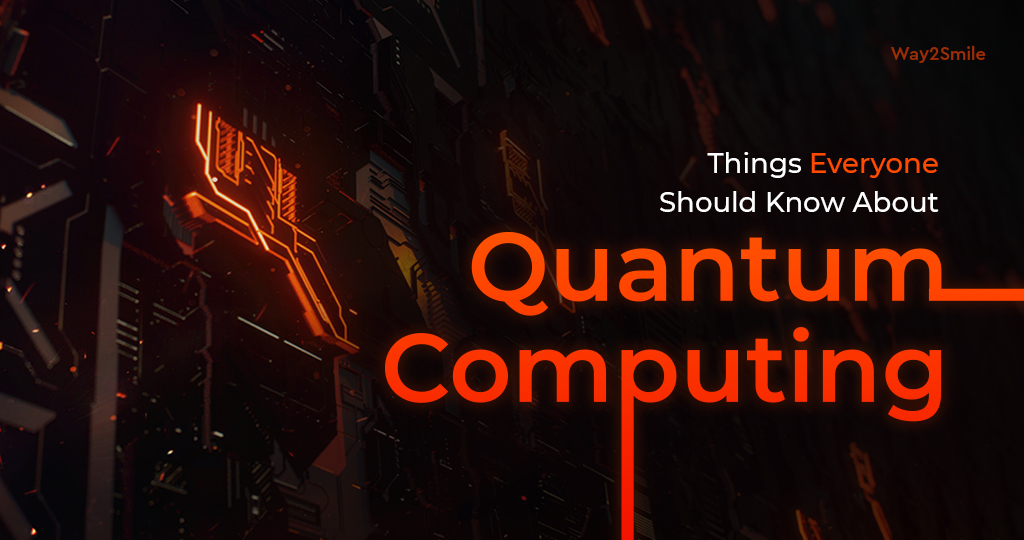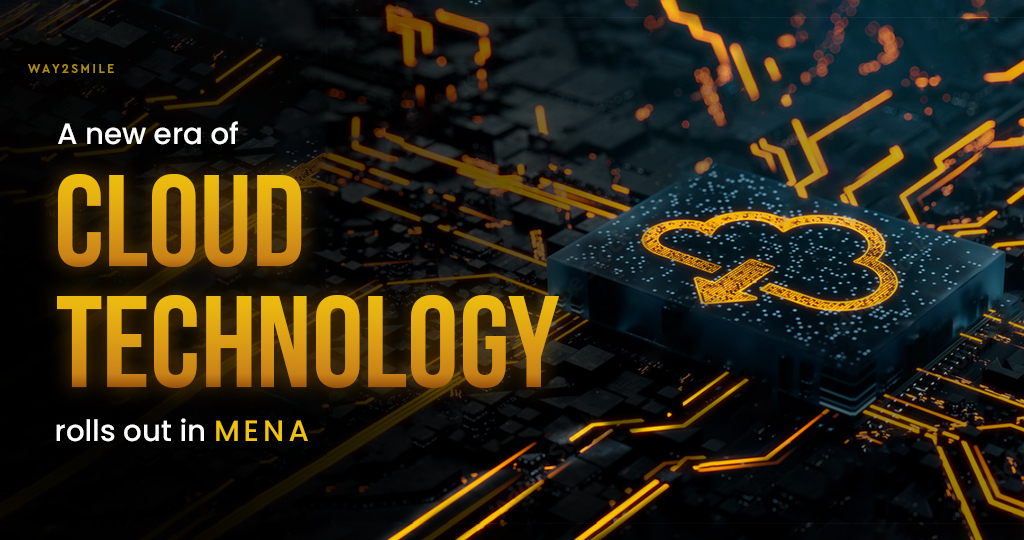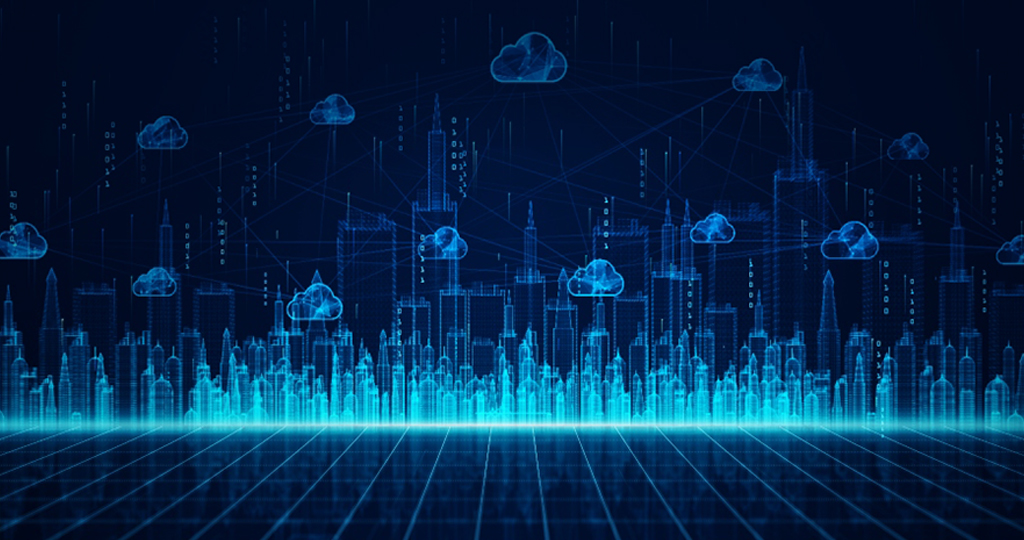Today edge cloud architecture has become increasingly important as it fosters the application of self-driving cars and video-streaming Alexa-type digital assistants. Whatever it can do is because of the Internet Of Things (IoT)devices. As these devices incorporate competent decision-making skills and analytics, they continue to grow in fame. But all the instruments and tasks that they foster may curate lump-sum data. This, in turn, demands more bandwidth, compute power, and high-speed memory that is closer to the users and the devices. Think of a self-driving car. The self-driving car may move across the streets, speed up, and perform actions that you ask them to. But what needs to be considered is that they do not have enough time to process everything by traveling back to a centralized cloud. All the data that they obtain needs to be processed quickly so that the self-driving car can perform its job without any inconvenience. That’s how capable this system is. So, how does edge cloud architecture manage to stand out for you? Let us learn more about it as you scroll through.
Edge Cloud Architecture - The Next-Generation Technology For You
Over the years, numerous data-intensive computing processes have demanded a centralized architecture like cloud computing. This helps them offer the best power to finish off the tasks right on time. In the modern age, many successful cloud-computing companies believe that the future of computing is dependent on bringing storage, network bandwidth, and computing closer to those technological devices that demand resources. The continuous performance and cost gains are mainly contributing to making this edge cloud architecture one of the leading trends in artificial intelligence in the long run.
The Many Useful Features And Benefits Of Edge Architecture
Over the years, edge computing has seen a high rise. As more and more businesses adopt this process, they see a potential efficiency increase in their work regularly. Today, several industry watchers have also started concentrating on the latest intelligent hardware enabled by edge architecture. Facial recognition, digital assistants, and autonomous driving are all-new smart features of the same. Edge cloud architecture offers software, network, and services that amplify data-driven decisions to create real-time conveniences. With this technology at hand, the transformation of intelligence from the device to the server becomes a cakewalk. Since there are a host of architectures that support this system, it only adds to the convenience.
Several discussions about the distance of the server from the device are cropping up. What is the configuration of these servers? What type of latency should there be? These are specific questions that are becoming important to answer. But the unfortunate part is that many questions like this do not have sufficient answers even at this age. Edge cloud infrastructure can avail itself in an assortment of forms. From a mini-data center to a telecom provider, it can take any form without any inconvenience. It may also benefit several compact servers that dwell nearby. They may also contain a rack of servers that reside in a wardrobe at a Walmart. There are also many configurations available for this technology. But the clarity in the choice of vendors or structure is a tough call.
The Relationship Between Edge Cloud Architecture and 5G
The latest 5G wireless connectivity can deliver paramount flexibility at the edge and foredge clouds. It can offer 100 times better upload facilities, and the download speed is impeccable too. The network performance is hands-down and enables data-intensive processes that are important for the edge processes. Many researchers believe that 5G connectivity will provide better performance and be a clear enabler of edge cloud architecture in the long run. The edge architecture amalgamated with 5G will offer lower latency to the end device. Such a benefit provides you with enhanced capabilities that prevent you from returning to a centralized data center.The most intriguing fact about it is that the digital impacts of the COVID-19 pandemic will only accelerate the advancement of 5G connectivity everywhere. Its exceptional speed of transferring data anywhere is the best fit. Since the speed of this connectivity will be needed everywhere to work remotely, connect with clients, and conduct digital health check-ups, it will be more critical than ever. It may also be useful for more improvised online shopping and other online experiences. 5G and edge cloud architecture will collaborate and enable each other to provide standout services.
5G is all set to showcase a wide range of skills shortly. It will not only offer to launch the latest high-throughput applications, but it will also improve the low-bandwidth applications to provide a seamless experience to users everywhere around the globe. Also, the opportunities for better innovation throughout the spectrum will be much more enhanced. That is why 5G proves to be essential for all cloud computing companies today. Naturally, with the onset of 5G connectivity, we will be able to achieve another success in technology. It is all set to launch in the coming years. So, we will be able to observe its long-lasting benefits soon.
The Bottom Line
The edge-cloud architecture will continue to bloom in the coming years. Whatever you do online, from binge-watching shows to over-the-top video content, cloud services are exponentially helpful for how we consume content and data. With edge-cloud architecture, you may be able to focus better on recent opportunities and speed up your process without any inconvenience. As the seamless benefits of edge cloud architecture are massive, cloud architects may wish to push to the edge for as many workloads as they may be able to. Autonomous vehicles, smart thermostats, and traffic lights are all examples of edge cloud architecture. As the technology continues to bloom everywhere, it is sure to bring a versatile range of changes for users in the long run. So, hold on to it for more relevant updates on the same.







